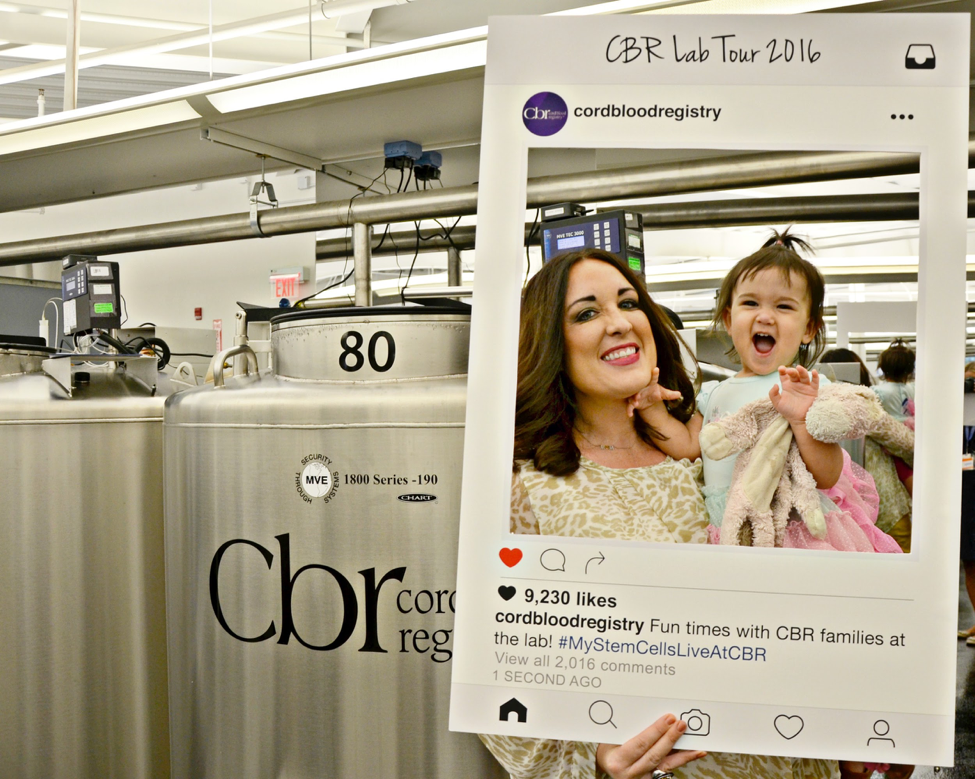The original source and tissue banking involve the collection, processing, and storage of specific organic supplies for potential future medical use. These practices provide opportunities for medical remedies and research. Here's an outline of twine and tissue banking:
Cord Blood Banking:
Cord Blood Collection:
Cord blood is the blood collected from the umbilical cord and placenta after childbirth. This blood is rich in stem cells.
The assortment course of is non-invasive and happens after the baby is born and the umbilical twine is clamped and cut.

Stem Cell Content:
Cord blood is a priceless source of hematopoietic stem cells, which have the potential to turn into varied types of blood cells.
These stem cells can be utilized in the remedy of certain genetic issues, blood cancers, and different diseases that have an effect on the blood and immune system.
Cord Blood Banking Options:
Public Cord Blood Banks: Donated cord blood is stored in public banks, and it turns into out there to anyone in need of a stem cell transplant.
Private Cord Blood Banks: Parents can select to store their child's twine blood in a private bank for their household's exclusive use. This involves a fee for assortment, processing, and storage.
Tissue Banking:
Tissue Types:
Tissue banking includes the gathering and preservation of various types of tissues, similar to skin, bone, tendons, heart valves, and corneas.
These tissues can be used for transplantation to exchange broken or diseased tissues in patients.
Transplantation and Reconstruction:
Tissues saved in tissue banks can be used for varied medical functions, together with reconstructive surgical procedures, orthopedic procedures, and treating burns or injuries.
For instance, bone grafts can help in orthopedic surgical procedures, and pores and skin grafts can be essential in treating burn victims.
Research:
Tissue banks additionally help medical research by providing researchers with priceless samples for research on diseases, remedies, and the development of latest therapies.
Donation and Consent:
Tissue donation typically requires the informed consent of the donor or their family. Ethical and authorized concerns play a significant position within the donation course of.
Storage and Preservation:
Tissues are rigorously processed, preserved, and stored under controlled conditions to take care of their viability until they are wanted for transplantation or analysis.
Cord and tissue banking contribute to advances in medical treatments, providing choices for sufferers who require stem cell transplants or tissue replacements. These practices also assist scientific research to higher understand ailments and develop new therapies. It's essential for individuals to make informed choices concerning the donation and storage of twine blood or tissues, considering their potential medical benefits and moral concerns..
